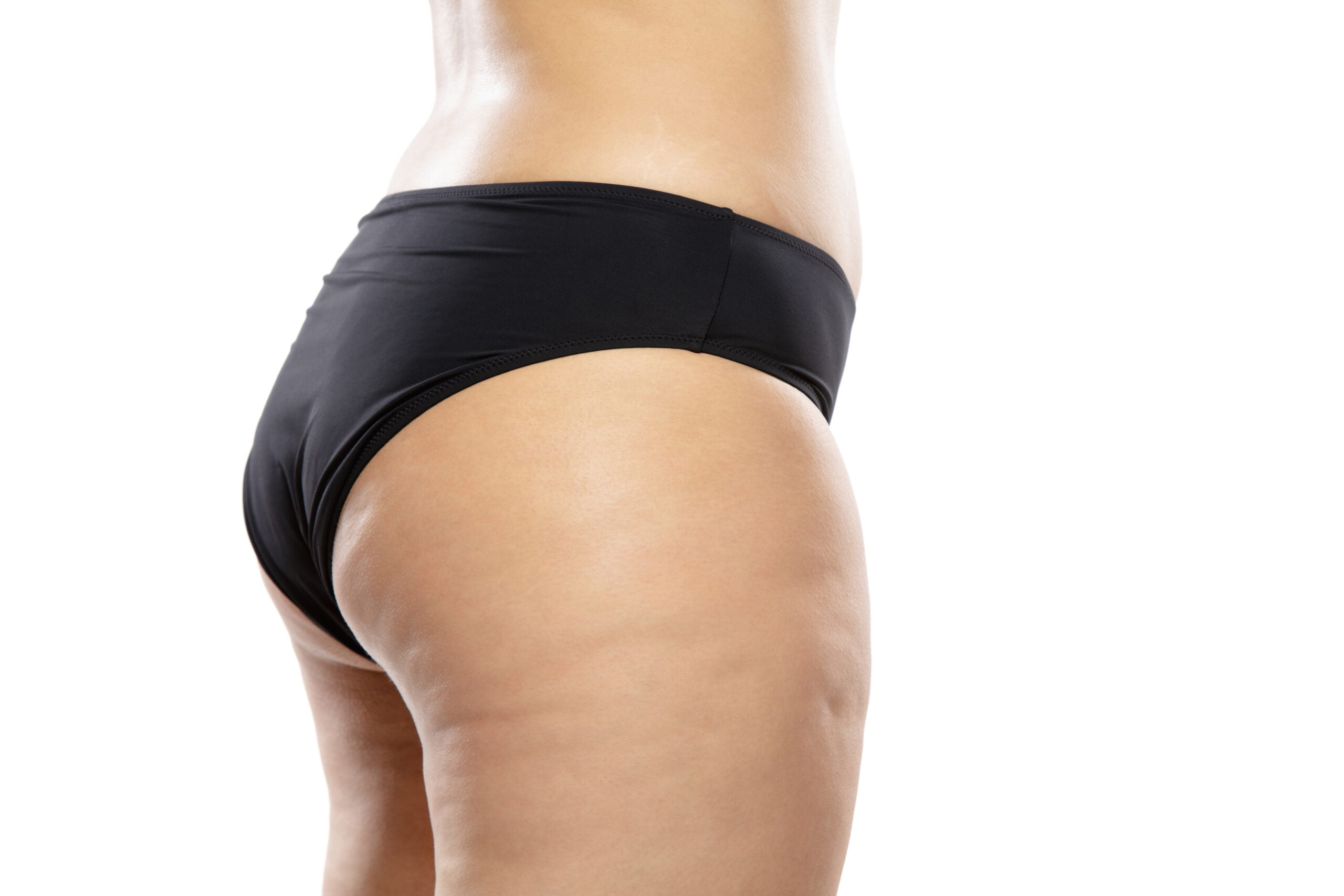
Lipedema in children: early detection and support
Dr. Srinagesh Vadrevu
November 30, 2023

Lipedema is a condition characterized by the abnormal accumulation of fat in the legs and sometimes in the arms.
While it is more commonly diagnosed in adult women, lipedema can also affect children. Early detection and support for lipedema in children are important to manage the condition effectively and improve their quality of life.
Here are some key points to consider for early detection and support:
- Awareness and Education: Healthcare providers, parents, and caregivers should be aware of the signs and symptoms of lipedema in children. These may include bilateral, symmetric fat accumulation in the legs, pain or discomfort in the affected areas, easy bruising, and sensitivity to touch.
- Early Diagnosis: Early diagnosis is crucial in managing lipedema in children. If a child exhibits signs of lipedema, it’s important to consult a healthcare professional for a proper evaluation and diagnosis. A clinical examination and imaging studies like ultrasound or lymphoscintigraphy can help confirm the condition.
- Multidisciplinary Approach: Treating lipedema in children often requires a multidisciplinary approach, involving various healthcare specialists such as pediatricians, vascular surgeons, dietitians, physical therapists, and mental health professionals. Collaborative care can address both the physical and psychological aspects of the condition.
- Lifestyle Management: Lifestyle changes, including a healthy diet and regular physical activity, can help manage lipedema in children. A well-balanced diet and exercise tailored to the child’s capabilities can promote overall health and potentially reduce the progression of the condition.
- Compression Garments: Wearing compression garments, such as compression stockings or leggings, can help alleviate swelling and discomfort associated with lipedema. These garments should be properly fitted and prescribed by a healthcare professional.
- Lipedema
- Lymphatic Surgery
- Physical Therapy
- Liposuction
- Management of lipedema
- Proper research
- Manual Lymphatic Drainage (MLD): MLD is a specialized massage technique that can help with lymphatic fluid circulation. It may be beneficial for children with lipedema, but it should be performed by a trained therapist.
- Emotional Support: Lipedema can affect a child’s self-esteem and body image. Providing emotional support, including counseling or therapy, can help children cope with the psychological aspects of the condition.
- Surgical Interventions: In severe cases, surgical procedures such as liposuction or lymphaticovenular anastomosis (LVA) may be considered. These interventions should only be pursued after careful evaluation and in consultation with a healthcare team.
- Regular Monitoring: Children with lipedema should receive regular check-ups and monitoring to assess the progression of the condition and adjust their treatment plan as needed.
- Support Groups: Joining support groups or connecting with others who have lipedema can be beneficial for both children and their parents. Sharing experiences and advice can provide valuable insights and emotional support.
Conclusion
It’s essential for parents, caregivers, and healthcare providers to work together to provide the necessary care and support for children with lipedema. Early detection and a holistic approach to management can significantly improve the child’s quality of life and help them better cope with this condition.
To connect with us click on the button below
To know more fill in the details below:
Recent Posts
Have Any Question?
Lipedema is a condition that causes excess fat to accumulate in the lower part of the body.
- +919515106591
- srinageshlipedema@gmail.com



